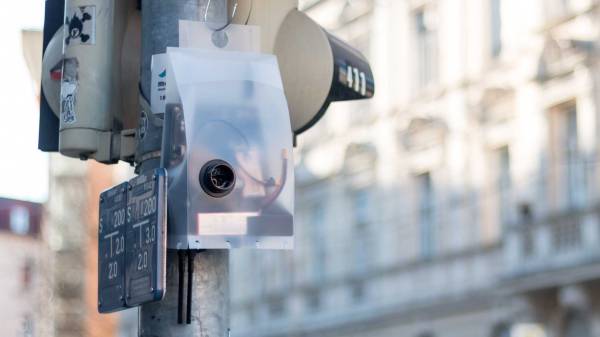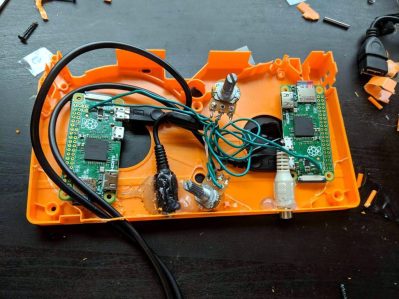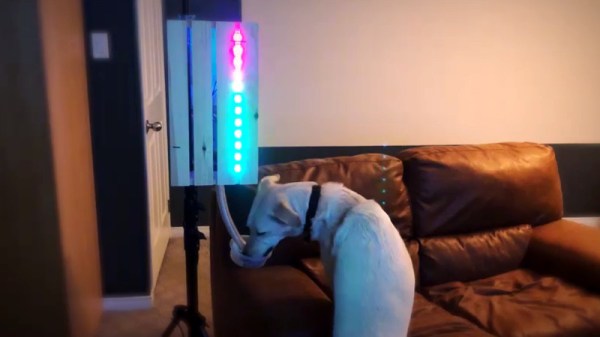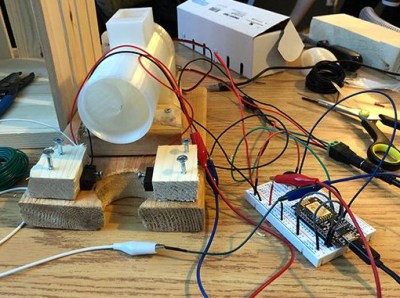I hate gratuitous destruction videos. You know, the ones that ask “what happens if we drop a red-hot ball of Plutonium onto a bag of Cheetos?” There’s a lot of smoke, flames and a big pile of ad revenue for the idiots behind it.
This destruction video is a little different, though. [Tesla 500] wanted to mount his high-speed camera onto a rotating blade, but without destroying the camera. In this video, he documents the somewhat nerve-wracking process of building a rig that spins a $3000 camera at several thousand revolutions per second minute. It’s all about the balance, about building a rig that balances the weight of the camera and the blade properly at high speed.
It took several attempts to get it right, and [Tesla 500] shows how he tested and refined each version, including shifting weights to account for the different densities of the camera itself, which has the heavy batteries at one side. And then he drops things onto the blade to see what they look like when sliced. Naturally.
Continue reading “High-Speed Camera Plus Lawnmower Equals Destructive Fun”




















